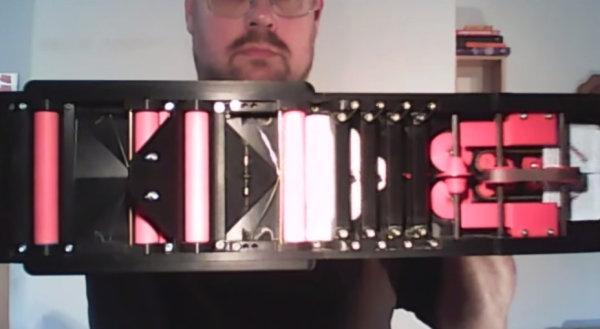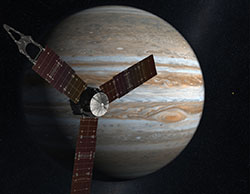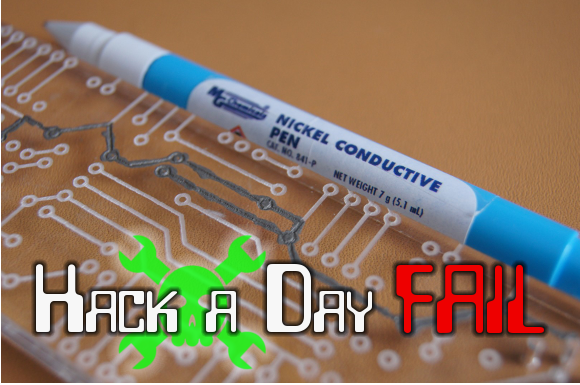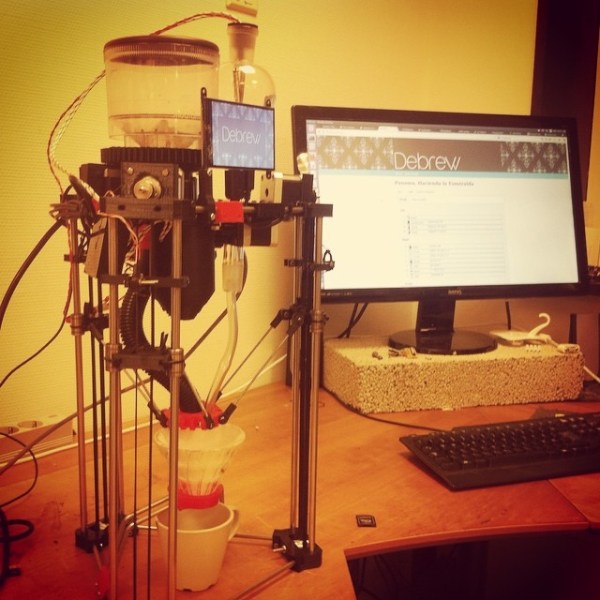1994 was twenty years ago. There are people eligible to vote who vaguely remember only one Bush presidency. You can have a conversation with someone born after the millennium, and they think a 3.5 inch disk is called a save icon. Starting to feel old? Don’t worry, all the trinkets of your youth have now become shells for MP3 players, the cassette tape included.
[Britt] is aware you can pick up one of these cassette tape MP3 players through the usual channels, but she wanted her build to be a little different. She’s using ar real, vintage cassette tape for starters, and from the outside, looks pretty much like any other cassette tape: there’s a thin strip of tape at the bottom, and the clear plastic window shows the tape is at the beginning of side A.
Outside appearances are just that; inside, there is a small, repurposed MP3 player, with tact switches wired up to the old buttons, actuated by moving the spools back and forth. Yes, you actually play, pause, rewind and fast forward by sticking a pencil in the spool and moving it back and forth. Amazing.
It’s a great build, and considering both cassette tapes and cheap MP3 players can be found in the trash these days, it’s something that should be hard to replicate.

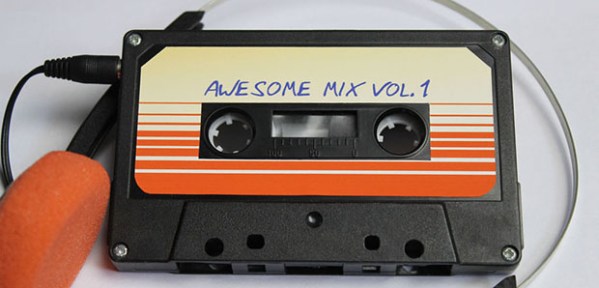
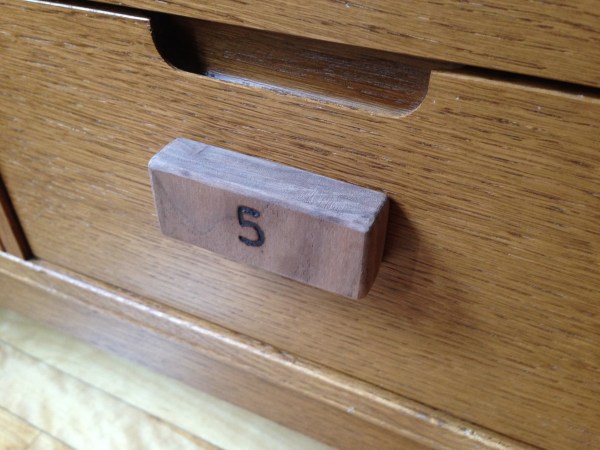
 By now you’d think we’ve seen just about every means of robotic actuator possible. We have Cartesian bots, Stewart platforms, SCARA bots, Delta bots, and even
By now you’d think we’ve seen just about every means of robotic actuator possible. We have Cartesian bots, Stewart platforms, SCARA bots, Delta bots, and even 